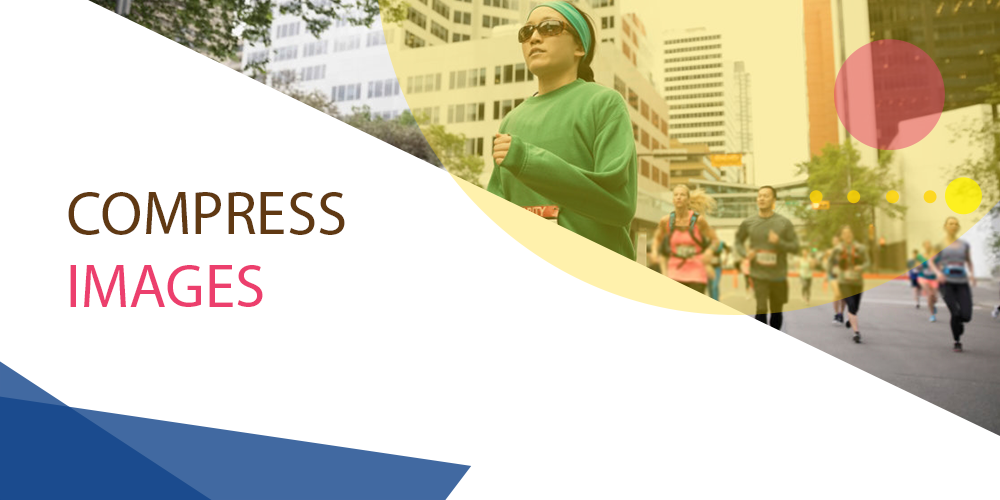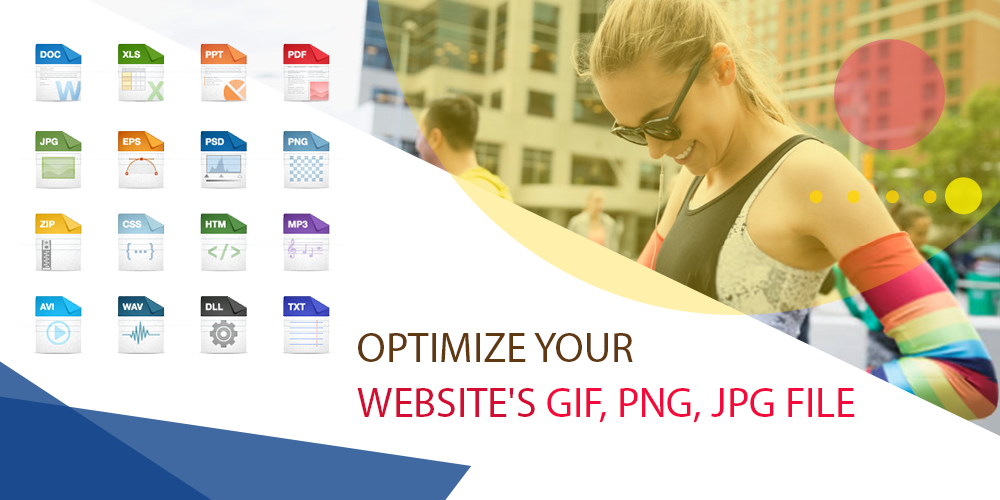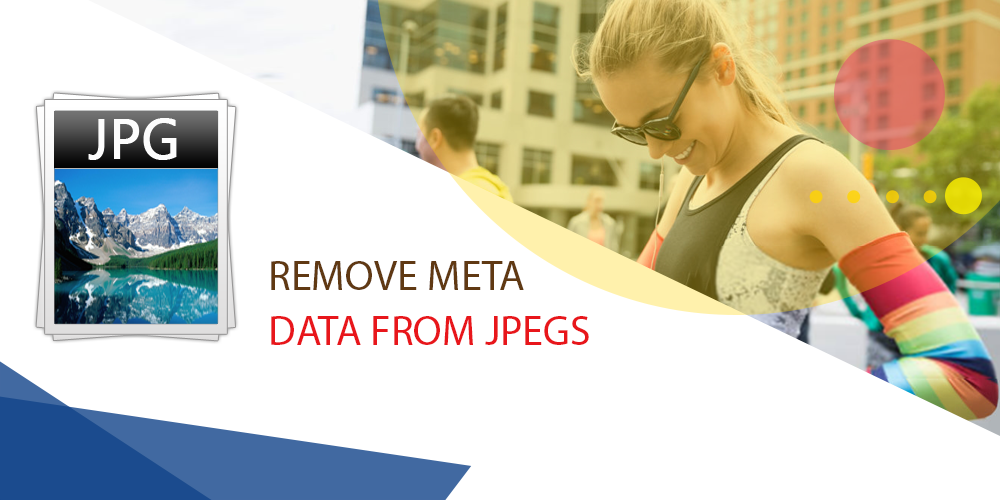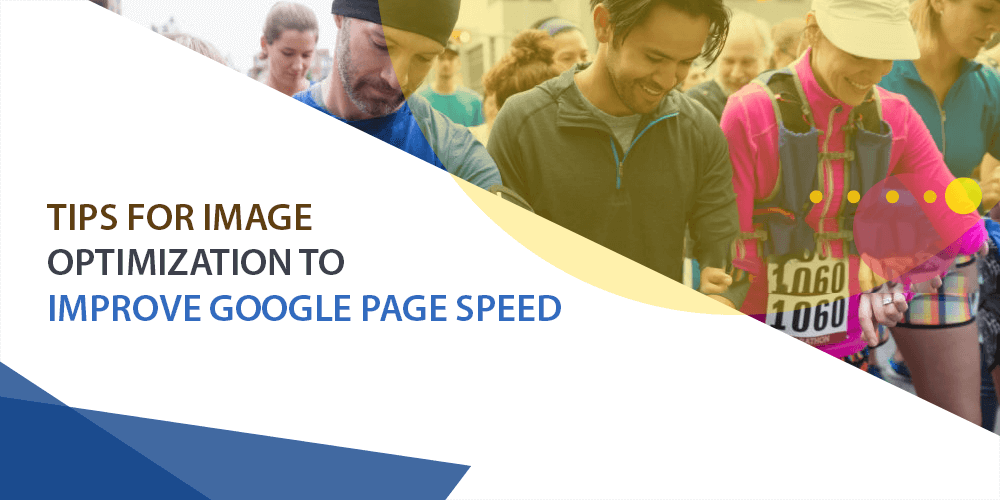By OMSOFTWARE - Web & Mobile App Development Company | Pune
Aug 18 , 2017
A highly organized, fully optimized user experience is essential for improving user experience. An unsatisfied user experience means a lost business - so whenever you plan to design and develop your business; you need to necessarily work on many important things – at the initial state you need to ensure that you have a blazing fast website and a landing page.
Images take up a lot of space and they need to be optimized at the first place in your optimization campaign. There is a variety of important things that you need to work on in order to fully optimize and process.

Compress Images
By Compressing All The Images Within Your Website; you can reduce your website’s page load time. Compressing an image necessarily means decreasing the size in bytes for the file however without affecting the quality of the image

Set image resolution to 72 dpi
Did you know you can adjust the size of all images on your website to 72dpi to ensure that the page will load faster. Doing this improves the quality or does not affect the quality at all. If an image resolution is larger than 72 dpi, it takes longer for a file to load.

Optimize your website's GIF, PNG, JPG file
Optimizing these file formats can help you quickly load your portal. There are image optimization tools which can help you quickly and easily optimize the tools; without necessarily affecting the data and load speed.

Remove Meta data from JPEGs
Another way to help your website load faster, deleting of meta data from the files before loading them on the page helps. It is also a good idea to remove meta data since it helps you with privacy.
Other measures to holistically improve your website page load
- Link your important thumbnails to large-sized images
- Use adequate image formats
- Save HTTP Requests by Combining Images
- Use Styled Text rather than graphic text
- Do not necessarily scale images
- The fewer you add graphics to your website, better loading speed do you get
- Practice the Use of Value Replication
- Enable Standards Mode by Using a Strict DTD
- Do not use complex tables
- Use name color rather than hex
- It is important that you ensure all of your tags are closed
- It is another important thing to ensure that the page size should be less than 30 K
These are just some of the most important things that can help you define the page load and then optimize the same. The entire focus of webmasters should be to integrate the page loading capacity of the website and then holistically use a range of aligned factors that can help with the loading website.
To learn more about the page load of the website and Optimize Your Website easily; without having to worry about literally anything; you should practically keep updating your website towards maximum potential.
